How much had I heard about Barcelona before I decided to join my husband for his work trip? A Lot. I stayed for a couple of weeks in the city in the month of February in 2016 and soaked up everyday living in the Spanish Capital. The first thing that struck me as we entered the city were massive concrete blocks of buildings that flanked the roads. They smacked of social housing architecture and thrilled me (not). The heart sank a little.
Armed with enthusiasm – you need a reserve of this emotion when you go to any place with sky-high expectations (everyone must love it for a reason) – eventually, I did find bits of it that I fell for. It is not your quintessential pretty city but it does have pockets of interesting architecture. Below are a few elements of Barcelona that do appeal if you have a streak of craziness in you, because, it is after all the home of Catalan Modernism, a pioneer of which was Antoni Gaudi.
Park Güell
The park that Gaudi built for Eusebi Güell, a Spanish entreprenuer and an ennobled count, who was the Catalan architect’s patron. What the Medicis were to the Renaissance in Italy, Güell was to Gaudi. Gaudí is supposed once to have commented to Güell, “Sometimes I think we are the only people who like this architecture.” What was Güell’s reply you think?”I don’t like your architecture, I respect it,” he had noted.
On a bright sunny morning, I walked from the centre of the city to the district of Gràcia. It took me a long time, through narrow alleys, up and down hilly roads, up lots of steep stairs (after which I spied the escalator, but of course) till I reached the park on Carmel Hill. In the year 1900 when Güell had bought land in this district, it was deemed to be a remote area. The site for the park itself was a rocky hill with sparse vegetation.
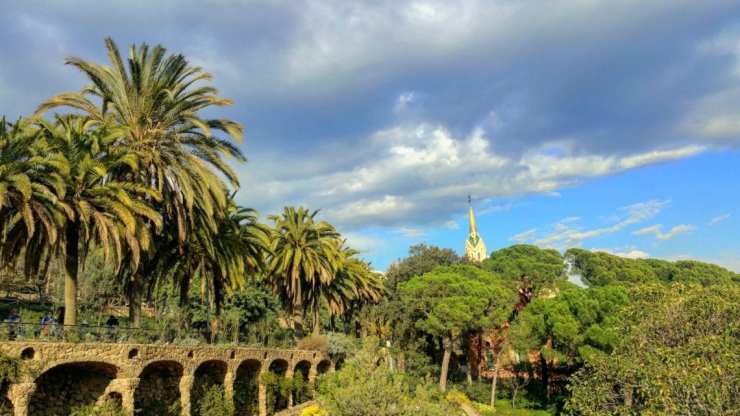
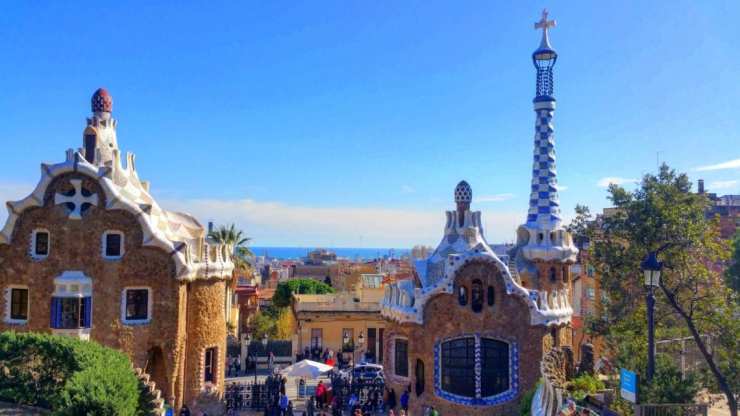

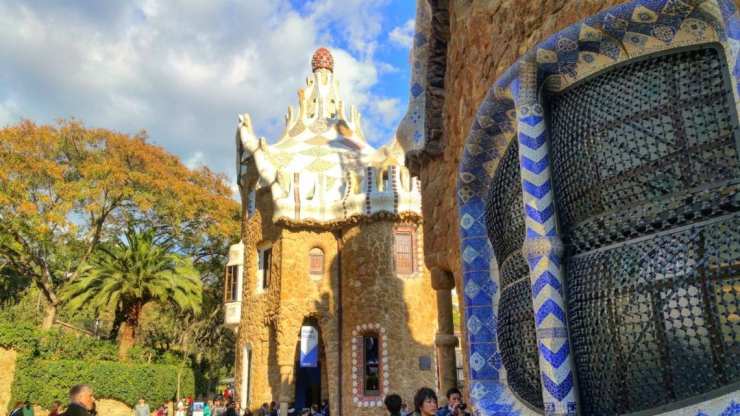

La Sagrada Familia
Templo Expiatorio de la Sagrada Familia (Basilica and Expiatory Church of the Holy Family) is the iconic Gaudi structure. Those cranes have been perched atop it for what seems like forever because its construction is supposed to be completed by 2026. But as Gaudi remarked famously: “My client is not in a hurry.”
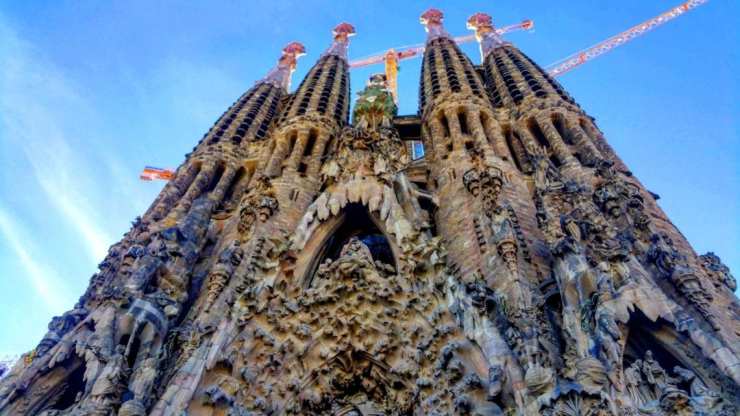

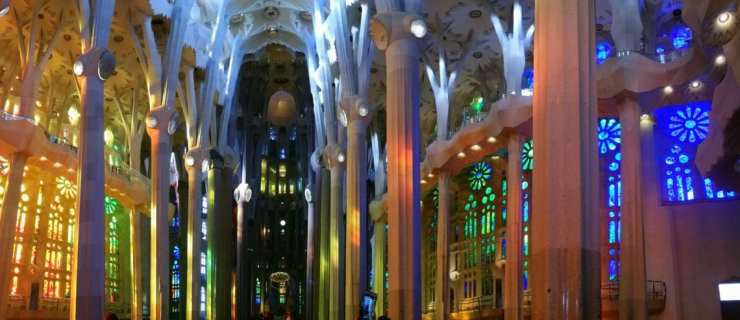
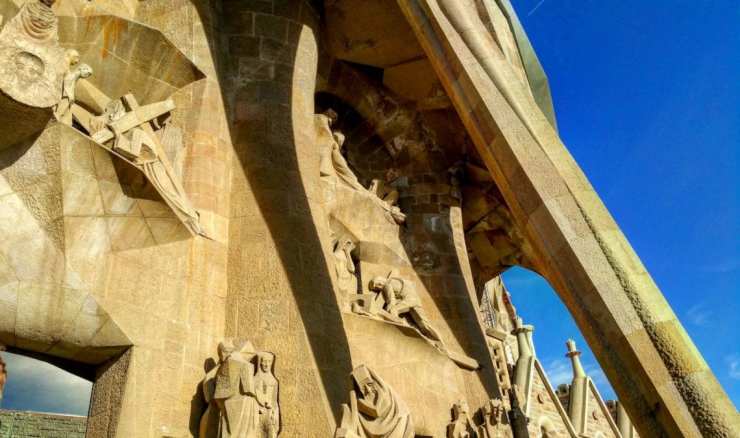

Montjuïc
A hill with a view of the city. The Palau Nacional crowns it and on certain evenings (Thursday to Sunday) a magic fountain show grabs all eyes.

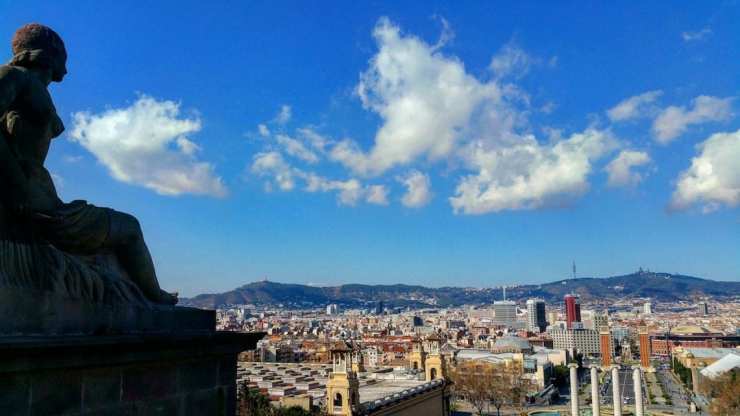
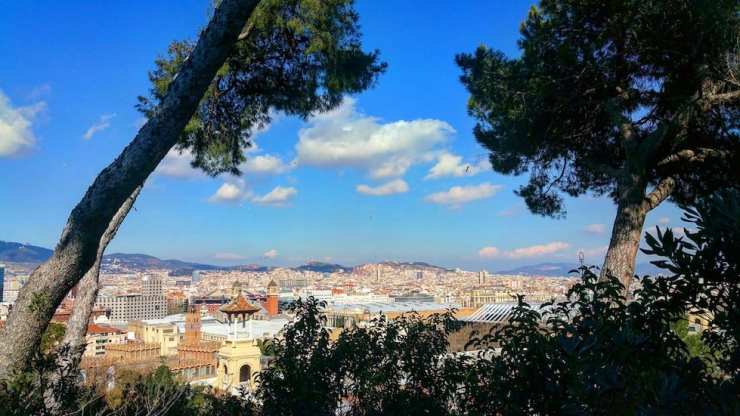

Passeig de Gràcia
On the most expensive avenue of Barcelona are these paeans to modernism by Gaudi.
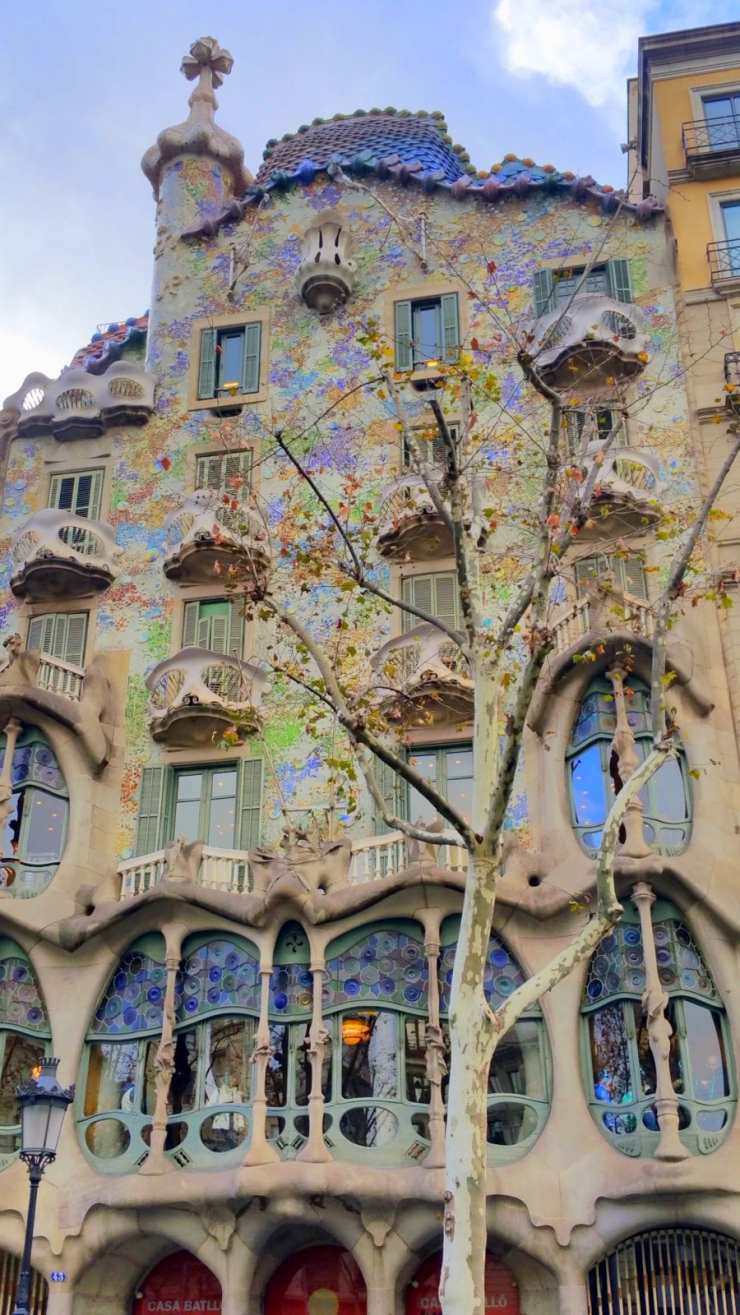
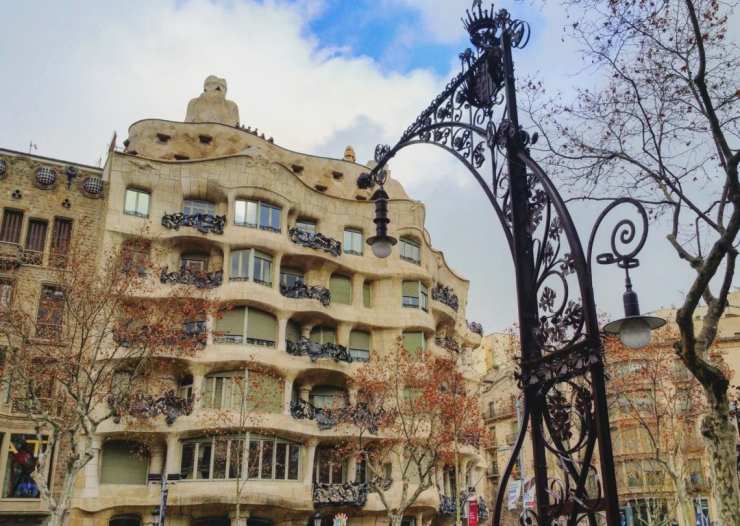
Parks & Promenades
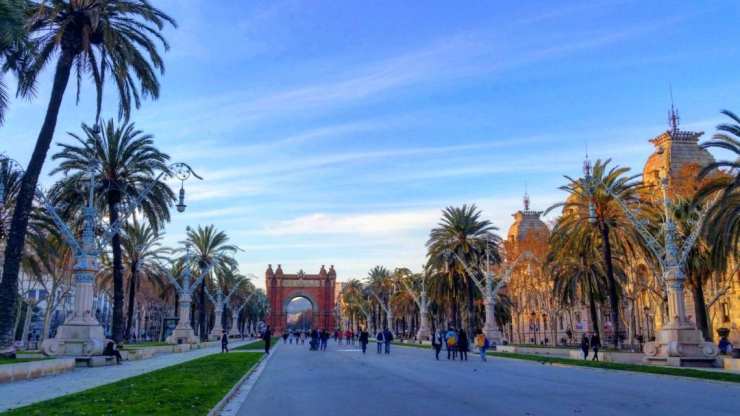
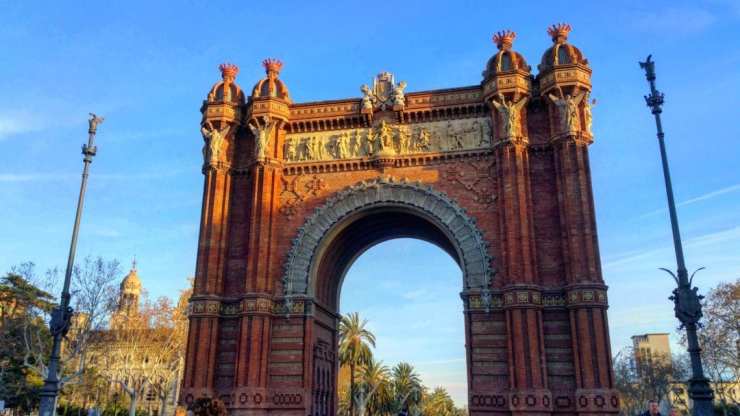

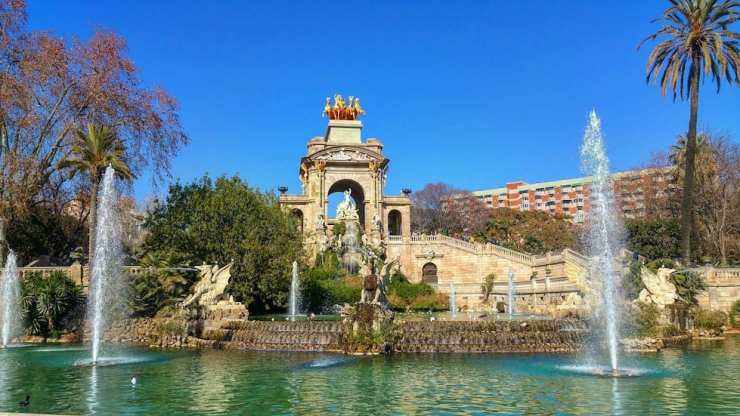
Poble Espanyol
On Montjuïc is this rip-off that is sold as a representation of a Spanish village with a recreation of houses from the various regions in the country. It is ticketed. Do steer clear. Unless you want to kick yourself at the end of a saunter through it. I did.
Barri Gòtic
I spent my evenings walking through the narrow cobbled streets of the Gothic Quarter, in the shadow of its old buildings and churches. It had its famous residents – Picasso and Joan Miró and historically it was once the stomping grounds of Christopher Columbus. His figure stands high above a Corinthian column down La Rambla to commemorate his report to Queen Isabella I and King Ferdinand V in Barcelona after his maiden trip to the Americas.
Extremely narrow alleys, mosaic motifs of saints looking down benevolently upon you from their alcoves upon alley walls, squares like Plaça del Pí with 14th century churches and other small churches frequented by Gaudi crop up. Basically I went with my gut here, walking into various streets. I had read plenty about safety and pickpocketing issues. But wear your bag in front where you can see it and you shall be golden. I did not feel unsafe at all during my walks in the city.

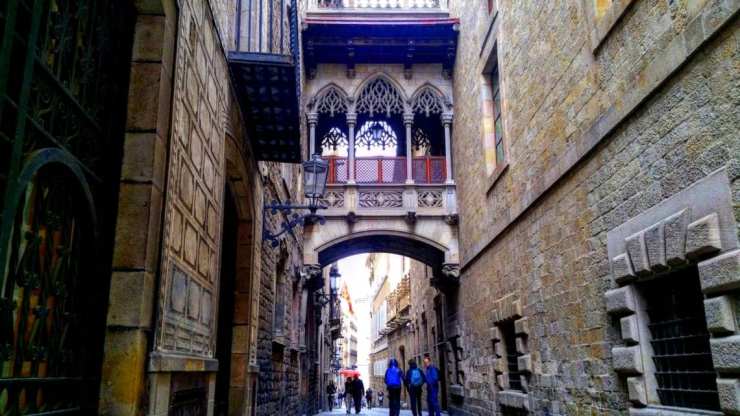
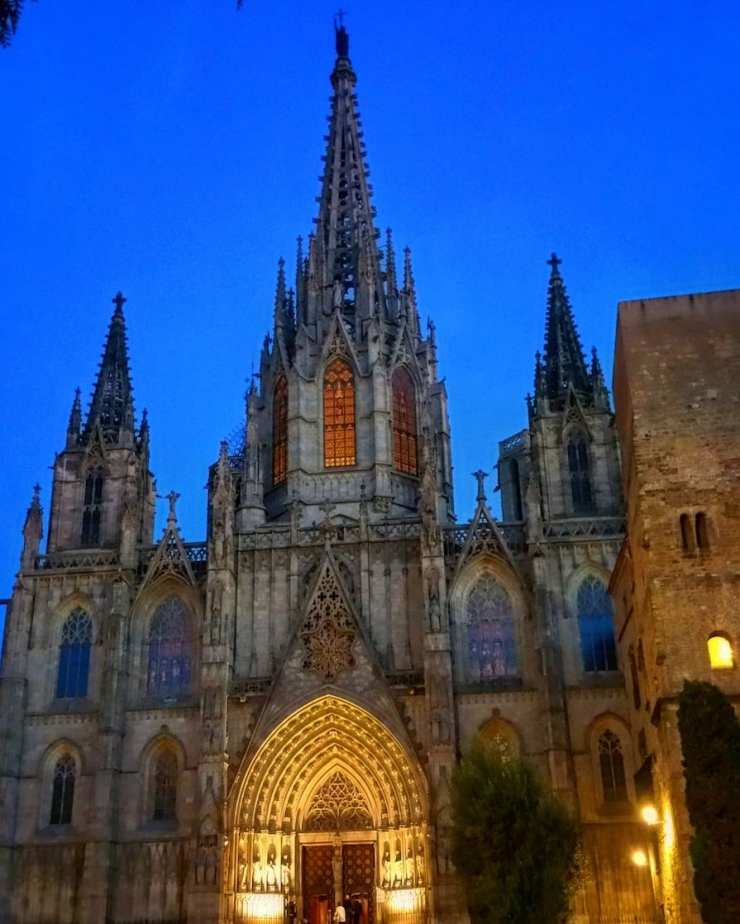
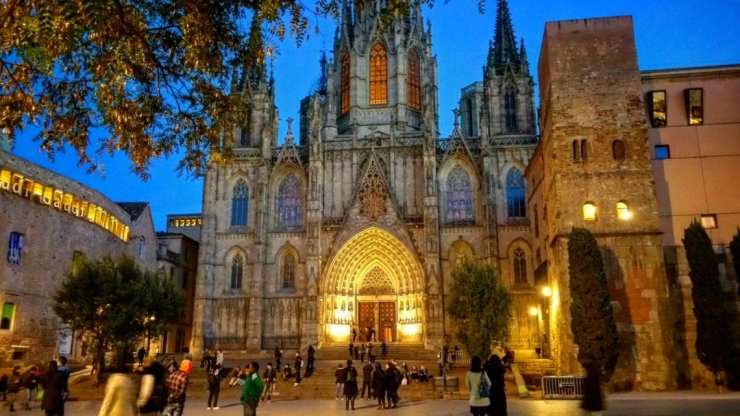
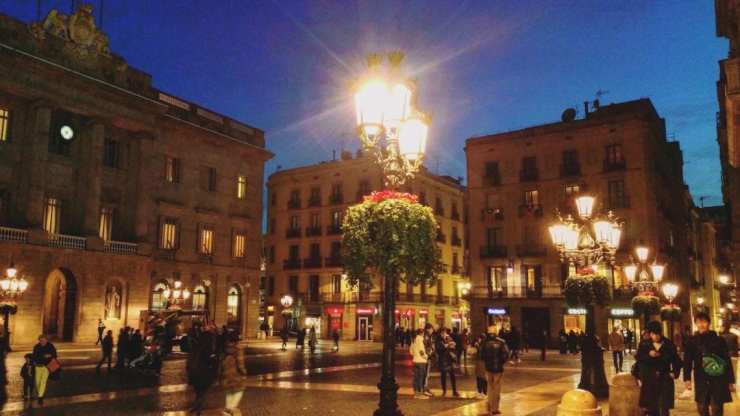
La Rambla
The Spanish poet Federico García Lorca had remarked once that La Rambla was “the only street in the world which I wish would never end.” Now if he had seen it as I did, stuffed with tourists (God knows what happens in summer), he would have held his tongue. And if he had been pickpocketed, you can see how that line would change. The famous 1.2 km pedestrianised walkway is the nerve centre of Barcelona, popular with tourists and even more so with pickpockets. I am happy to say I survived it, more so because I would take off into the alleys, away from the main thoroughfare. If you are on La Rambla, a good place to walk into is Boqueria market that houses fishmongers and butchers. It dates back to the year 1217 when meat was sold there on tables.

El Born Barrio
This district is absolutely charming. You are likely to find mostly locals here. It gets its name from the adjoining former market of El Born and is filled with lovely restaurants, small bars and boutiques. It is a nice place to head to for dinner and drinks.

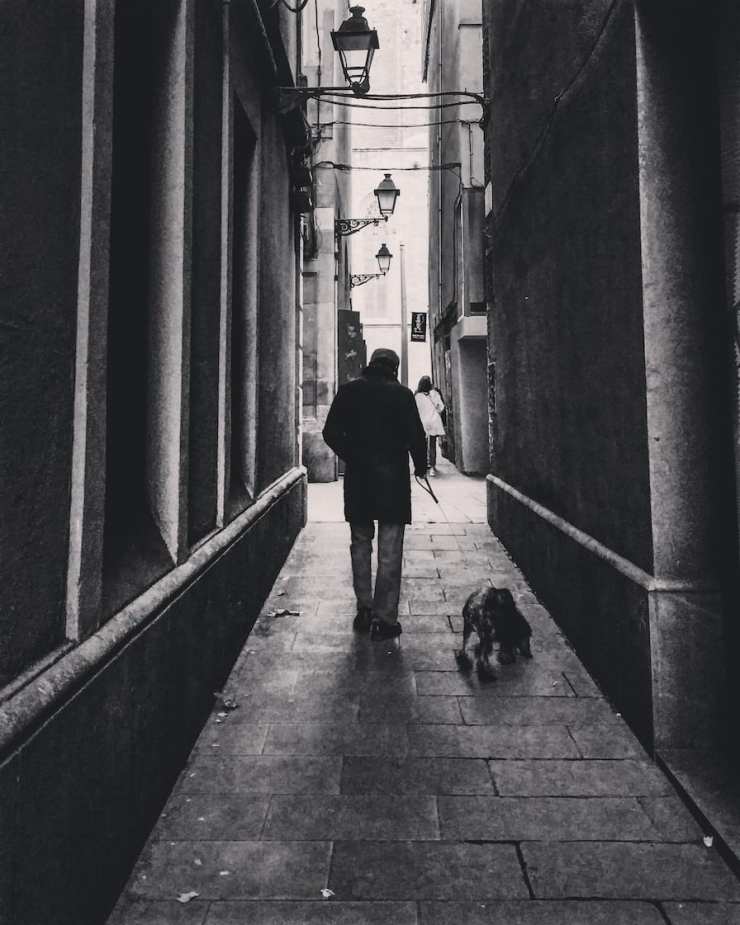
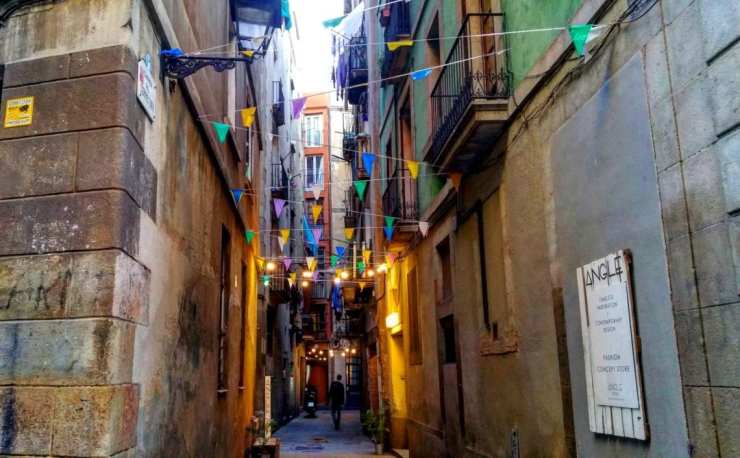
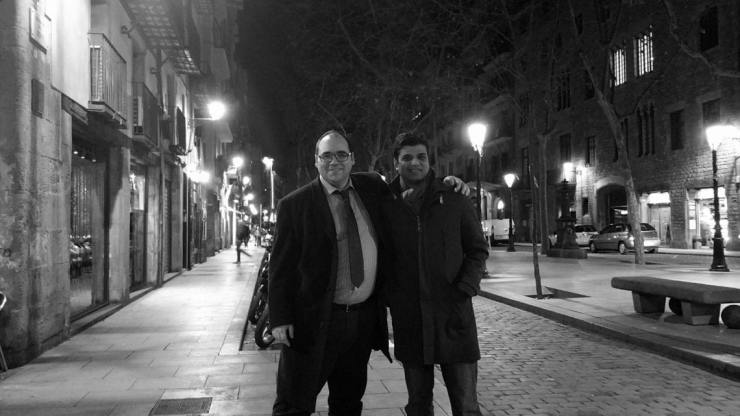



Sagrat Cor
How I wanted to see this basilica. To the extent that I was ready to even hike up to it except that I had left the idea alone too late. Till my last day in Barcelona when I had to catch a flight in a few hours. I went all the way up to Avenida Tibidabo with its quirky and flamboyant mansions only to realise that hey in spring they somehow do not expect people to arrive in the city. So they stall their quick fix funicular and elevator options to the top till summer arrives. The thought of the frown on the husband’s face if I was still hiking my way down Mount Tibidabo when I should have been inside the airport terminal made me think twice. Thus I never laid my eyes on Sagrat Cor. But you should if you are in the city.
Catalan Dinners
Local taverns were our pick. Our Spanish friend took us to small eateries that served excellent tapas and often food from his part of the country, that is the Basque region. We did try out various Spanish specialities but I quite loved the classic tapas dish of Patatas Bravas. When you are on holiday mode, the body and mind slip in too quite easily and my glutton genes can always be counted upon to make the most of well-laid out tables. Though I confess that this holiday was all about bread, meat and seafood. They can get me only that far. Yes, go on roll your eyes, but by the end of the trip, I was frantic for greens.
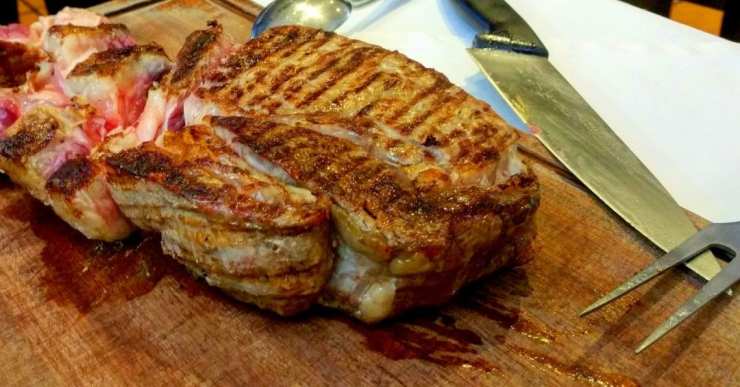
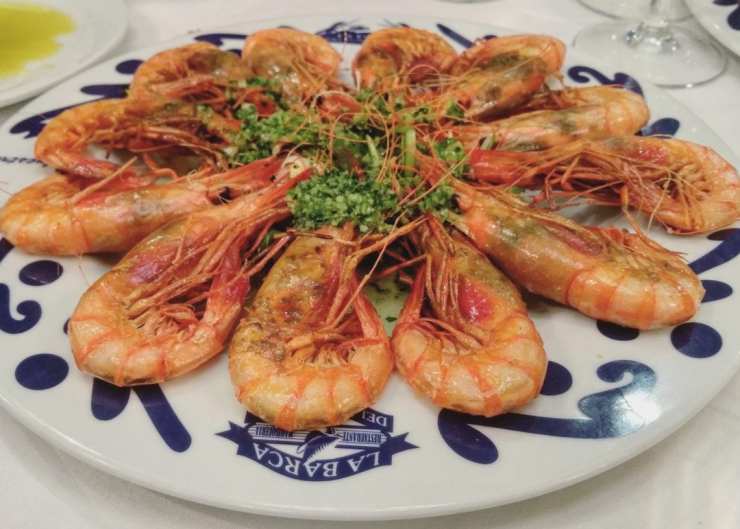



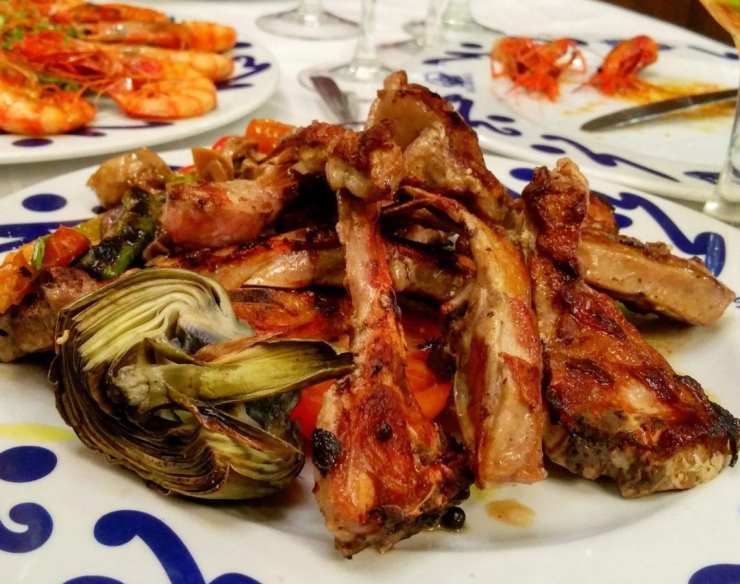
Adi’s Travel Tips
- To appreciate Barcelona, you need time. Make a stop for at least three nights in the city. You can add on time depending upon the other destinations that you plan to visit from Barcelona. There are plenty of choices -Cadaqués, Girona, Zaragoza, Taragona…
- The moment you get into the city, do yourself a favour and buy the T10, a travel card that will cost you a little less than 10EUR but will give you a whole lot of travel options within Zone 1 (which covers the areas within the city that you will mostly want to see). You can avail of 10 single journeys on the Barcelona metro, its buses and FGC trains. You can also make use of the card more than once on the metro or buses within a duration of 1 hour and 15 mins roughly and you will be stamped only once within that time frame.
- Otherwise buy a three-day travel card for 21EUR.
- Uber does not work in Barcelona (let’s not get into that discussion). But there is a way out for those who do not like to avail of public transport (especially after a night of drinking) — download the Hailo Taxi app. Hailo ties up with registered taxis and you can punch in your credit card details on the app. Works like Uber and you can just open the app and select your current location for a pick up. At the end of the journey, you don’t have to rummage through your wallet to find cash. The trip is charged to your credit card. And if you are using an Avios credit card, then, you earn points on that as well.
- SPG has a great Category 3 hotel at Diagonal which is roughly 2km walking distance from La Rambla and the same distance from La Sagrada Familia. The hotel charges you about 96 EUR per night. However, if you have 28000 Starwood points the hotel can be yours for four nights for free.
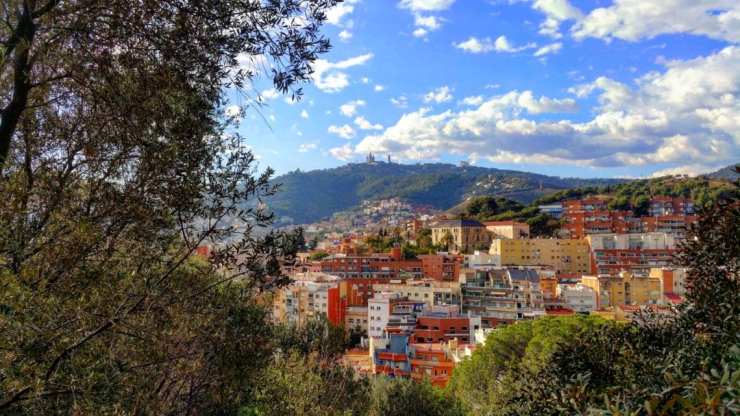
I love Barcelona. While you’re right in that not every building is beautiful (lots of the buildings are just plain ugly) the buildings that are nice to look at are so impressive it makes it worth it 🙂
LikeLiked by 2 people
I agree with you on that. The quarters that I loved in the city make me want to go back, and Sagrat Cor, not being able to see which was the sore point during my travels there.
LikeLiked by 1 person
Gorgeous impressions from Barcelona and such yummy looking deliciousness! Your love for the city shines through in all your superb images. Love the layout of your blog. Which theme do you use?
Warm greetings from Norway,
The Fab Four of Cley
LikeLiked by 1 person
Thank you for the generous words 🙂 It is a free one – Revelar. I was going to compliment you on your theme! Heh.
LikeLike
Your pictures are amazing!
LikeLiked by 1 person
Thank you Thomas 🙂
LikeLike
Great post. I am headed to Barcelona for a few days in April. Now I wish I had more time to see all the things you recommend.
LikeLiked by 1 person
Thank you Marie. There is always more to do unfortunately in any place but you can always pick and choose from the list on what you like the sound and sight of. You will love the vibrancy I bet. Cheers 🙂
LikeLiked by 1 person
[…] at Montserrat, utterly charming Madrid where I walked in the footsteps of Hemingway, and then Barcelona naturally. With a start I realise, I have not written posts on some of these wonderful places and I […]
LikeLike